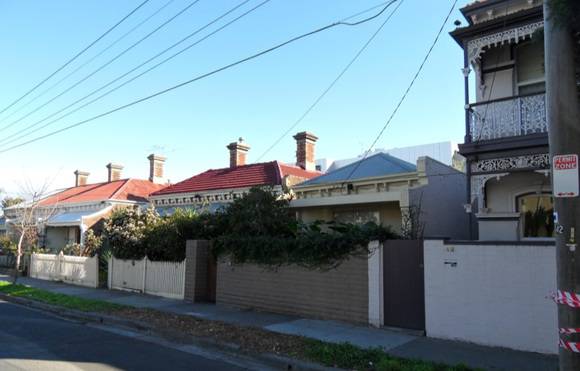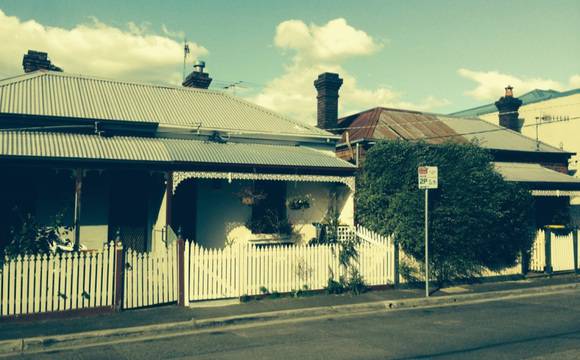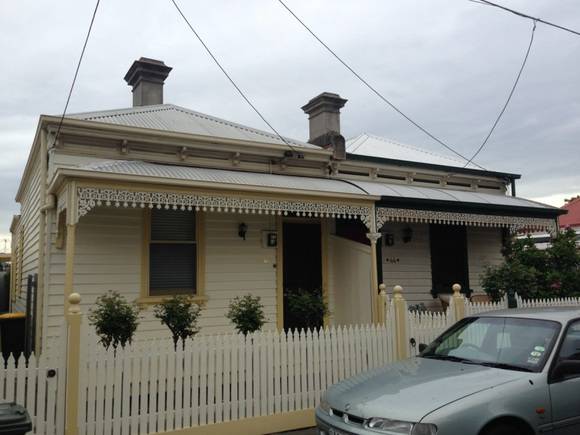| Back to search results » | Back to search page » |
|
Edinburgh Street Precinct
Location44-58 CANTERBURY STREET, and 42-74 & 45-69 EDINBURGH STREET, and 31-41 GLASS STREET, and 9-23 & 12-36 NEWRY STREET, RICHMOND, YARRA CITY LevelRecommended for Heritage Overlay |
|
Statement of Significance
What is significant? - The buildings constructed from c.1870 to c.1920, as shown on the precinct map. The following places are Individually Significant and have their own statement of significance: - House, 42 Edinburgh Street, Non-original alterations and additions to the Significant and Contributory buildings shown on the precinct map, and the houses at 54, 55, 57, 68 & 69 Edinburgh Street, 20, 21, 32 & 34 Newry Street, and the former shop and residence at 53 Edinburgh Street are Not Contributory. How is it significant? Why is it significant? The precinct is also significant as an area of late Victorian housing, ranging from small timber cottages and double-fronted houses, to bi-chrome villas and Boom-style terrace houses, with characteristic form, siting and detailing which are complemented by traditional public realm materials such as bluestone laneways. (Criterion E)
The Edinburgh Street Precinct comprising 44-58 Canterbury Street, 42-74 & 45-69 Edinburgh Street, 31-41 Glass Street, 9-23 & 12-36 Newry Street is significant. The following buildings and features contribute to the significance of the precinct:
- The overall consistency of housing form (pitched gabled or hipped roofs, one storey wall heights with a smaller amount of two storey dwellings), materials and detailing (walls of weatherboard or face brick or stucco, prominent brick or render chimneys, post-supported verandahs facing the street), and siting (small or no front and side setbacks).
- The nineteenth century subdivision pattern comprising regular allotments served by rear bluestone laneways.
- Houses, 58-60 Edinburgh Street, and
- House, 12 Newry Street.
The Edinburgh Street Precinct is of local historic and aesthetic significance to the City of Yarra.
Historically, the precinct is associated with the significant growth of Richmond during the late nineteenth century and demonstrates how development of this area close to Burnley Street was substantially complete by 1900. The variety of housing, which ranges from simple cottages to more substantial brick villas demonstrates the mix of working and middle class housing often found in residential precincts in Richmond. The precinct is notable for the number of house pairs and terrace rows with undivided roofs, which demonstrates the lack of fire separation in houses constructed in Richmond prior to the adoption of municipal building regulations in 1886. (Criteria A & D)
Group
Residential buildings (private)
Category
Residential Precinct






